
| Recorded by: Mark Basinger on 2025-05-30
Brunswick Co.
Comment: | 
| Recorded by: Mark Basinger on 2025-05-30
Brunswick Co.
Comment: |

| Recorded by: Dean Furbish and Joy Wiggins on 2025-05-01
Pender Co.
Comment: | 
| Recorded by: Dean Furbish, Lior S. Carlson on 2024-08-13
Pamlico Co.
Comment: |
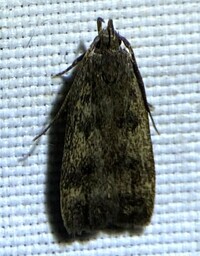
| Recorded by: Dean Furbish on 2024-05-12
Wake Co.
Comment: | 
| Recorded by: Dean Furbish on 2024-05-07
Pender Co.
Comment: |
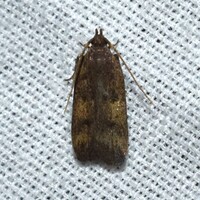
| Recorded by: David George, Jeff Niznik, Rich Teper on 2024-04-17
New Hanover Co.
Comment: | 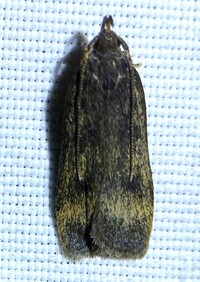
| Recorded by: Dean Furbish on 2024-04-10
Wake Co.
Comment: |

| Recorded by: R. Newman on 2023-10-25
Carteret Co.
Comment: | 
| Recorded by: Mark Shields on 2023-05-22
Onslow Co.
Comment: |

| Recorded by: Dean Furbish on 2023-05-12
Wake Co.
Comment: | 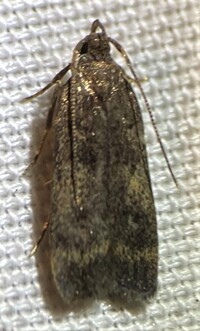
| Recorded by: Dean Furbish and Joy Wiggins on 2023-05-10
Wake Co.
Comment: |

| Recorded by: Jeff Niznik on 2022-05-18
Wake Co.
Comment: | 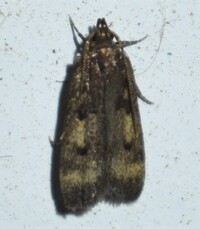
| Recorded by: Jeff Niznik on 2022-05-13
Wake Co.
Comment: |
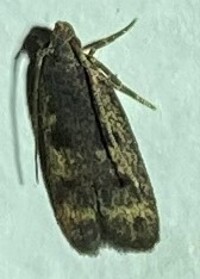
| Recorded by: Dean Furbish on 2021-10-04
Wake Co.
Comment: | 
| Recorded by: Dean Furbish on 2021-10-02
Wake Co.
Comment: |
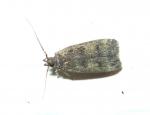
| Recorded by: R. Newman on 2020-10-25
Carteret Co.
Comment: | 
| Recorded by: Harry Wilson on 2020-05-18
Wake Co.
Comment: |
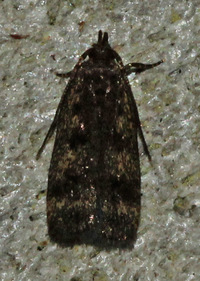
| Recorded by: Harry Wilson on 2020-05-18
Wake Co.
Comment: |

 »
»

 »
»